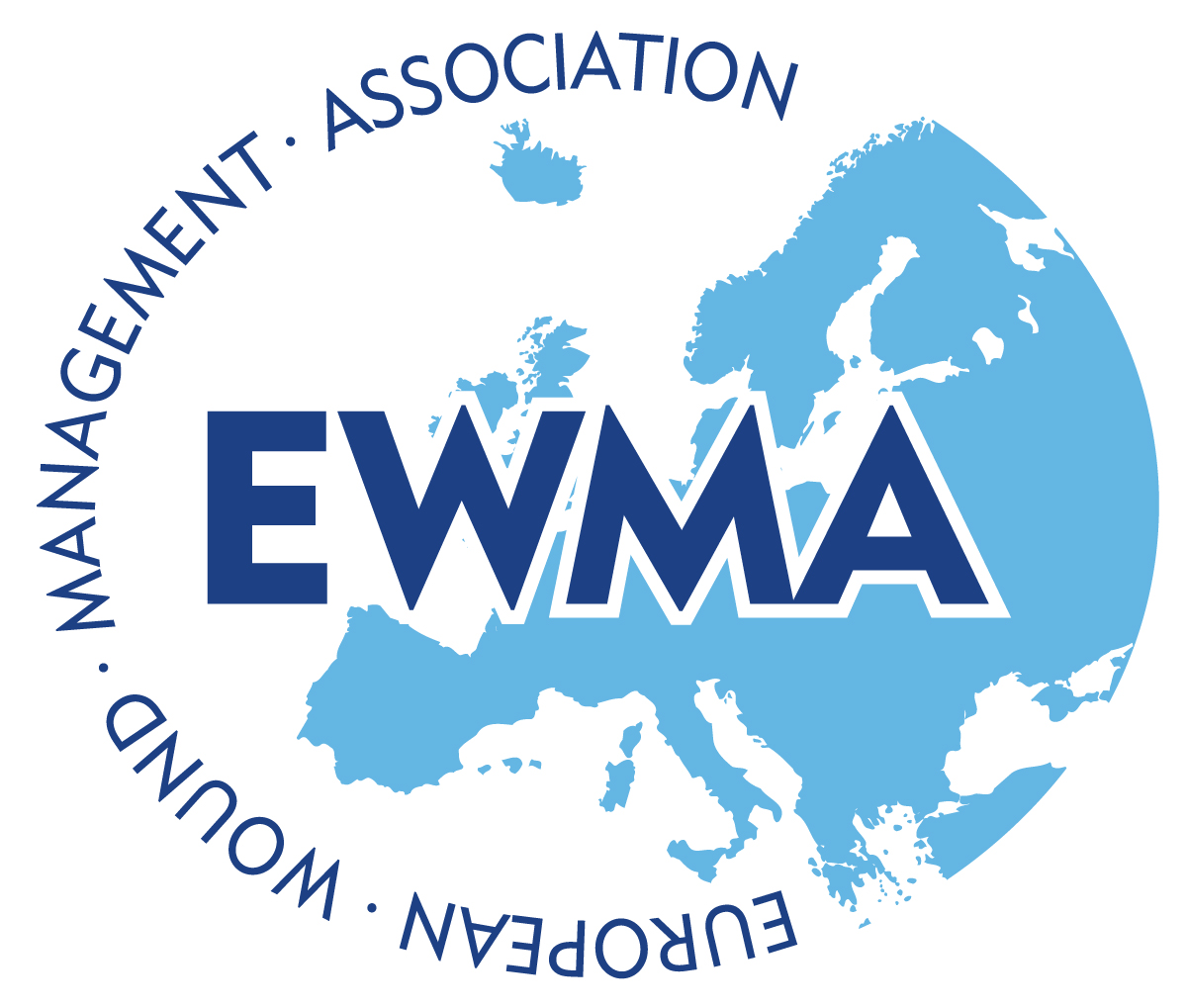Face Protection Protocol and Visuals for COVID-19 Frontline Staff
Disclaimer: This document is intended for educational and informational purposes only. It does not constitute medical advice. Follow institutional policies, manufacturer recommendations and principles of sound clinical judgment. It is the responsibility of each healthcare professional to verify with their institutional infection control team that any measures taken to prevent or manage PPE-related skin injuries do not interfere with the efficacy of the PPE, nor are in conflict with any workplace policy. Individuals may require a repeat mask fit testing to ensure prevention and management efforts do not interfere with PPE efficacy. Clinicians should seal check N95 respirator masks before beginning patient care.
I am a wound care nurse practitioner at a level one trauma center in Washington DC. As my hospital started ramping up new protocols and policies for COVID-19 patients, one of the things that we looked at was proning patients without the use of specialty beds. We updated policies around protecting bony prominences and the face. We quickly started gathering supplies for this expected surge in treatment. I also was spending quite a bit of time wearing N95 masks. I had forgotten how tightly they fit on the face. The tightness is for a reason, you need the seal to prevent any bacteria or viruses from being aerosolized into your airways, however, we were looking at situations where it was highly likely that staff would need to wear these masks for hours at a time, if not their entire shift. I did a simple Google search of “nurse’s faces coronavirus” and was horrified at the skin breakdown and bruising that I saw.
I quickly realized that this was something that I could work on to help protect the faces of all of the frontline staff including nurses, physicians, respiratory therapists, and the environmental service workers who are cleaning the rooms. My goal is to prevent them from suffering a painful wound while they are trying to protect themselves. I considered my options and thought of different dressings that I had on hand in my facility and things that we could use to protect people's faces and their ears. I was noticing that people were also having a breakdown on the top of their ears and behind their ears.
With a national call to wear face masks, you have probably seen the creative things that people are doing with masks such as using buttons or paperclips to hook the elastics/ties so that it doesn't rub against the ear. I tested different products to include hydrocolloid dressings, bordered and non-bordered foam dressings, and silicone interfaces.
The critical thing that drove my decision making was that those who wear a mask need to be able to pass an N95 fit test. I spoke with my chief medical officer about my plan and he quickly approved me to continue working on this protocol. I met that day with infection control, the director of the ICU, and the manager of respiratory therapy. I underwent an extensive fit test with the protocol that I developed, and fortunately, passed. I was fit tested for approximately 20 minutes and then one of my coworkers who is a male (and has facial hair) was also fit tested for about 20 minutes and he passed. I then passed the protocol to our hospital leadership and everyone agreed that this was important, and we should roll this out immediately.
These are the protocol and visuals I created for my hospital:
- Face/Ear Protection from Mask Pressure Ulcers
- Protocol for Prevention of Facial/Ear Breakdown from Respiratory Devices (N95 masks)
There are a few key points that I would like to make:
- Any protocol or dressing products that you choose to use should be fit tested to ensure that there is an appropriate seal. I recommend that you involve stakeholders in leadership such as infection control, your respiratory therapy services, and chief medical as well as chief nursing officers.
- When you are doing a fit test or donning an N95 mask with preventive dressings in place, it is critically important that you walk your fingers away from the bridge of your nose down the metal piece by millimeters as shown in the PDF. It is simply not enough to pinch at the top at the bridge of your nose and ensure that you have a good seal.
- I believe that there are plenty of products which could meet the need. In this instance, we used what we had readily available.
- One key consideration that I used when I was developing this protocol was the interface with the skin, as I worried that people would have adhesive skin reactions or dermatitis from using certain products. This consideration was based on my personal experience.
- Do not apply lotion to the face right before you are placing a dressing on your face as this could also impact the seal. The face should be clean and dry before placing any of these products on the face. Moisture and hydration are very important, and I urge you to continue to moisturize your faces after you remove your masks and no longer need to wear them for that day.
I hope that you consider using something like this in your facility to protect our frontline staff. Please feel free to use it and amend it as you see fit.
Stay safe everyone! You are all heroes.
For additional resources, visit the AAWC Wound Care and COVID-19 webpage.


